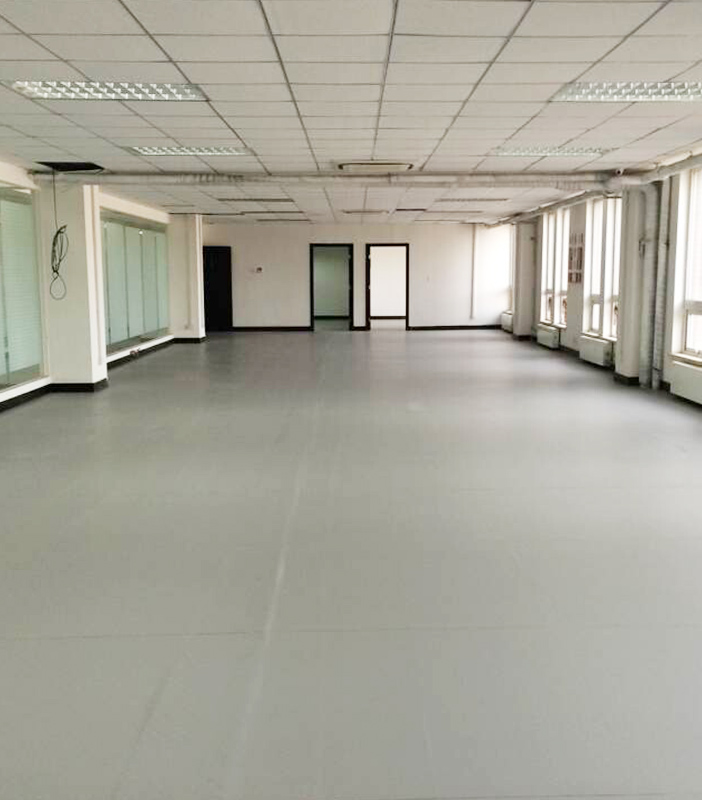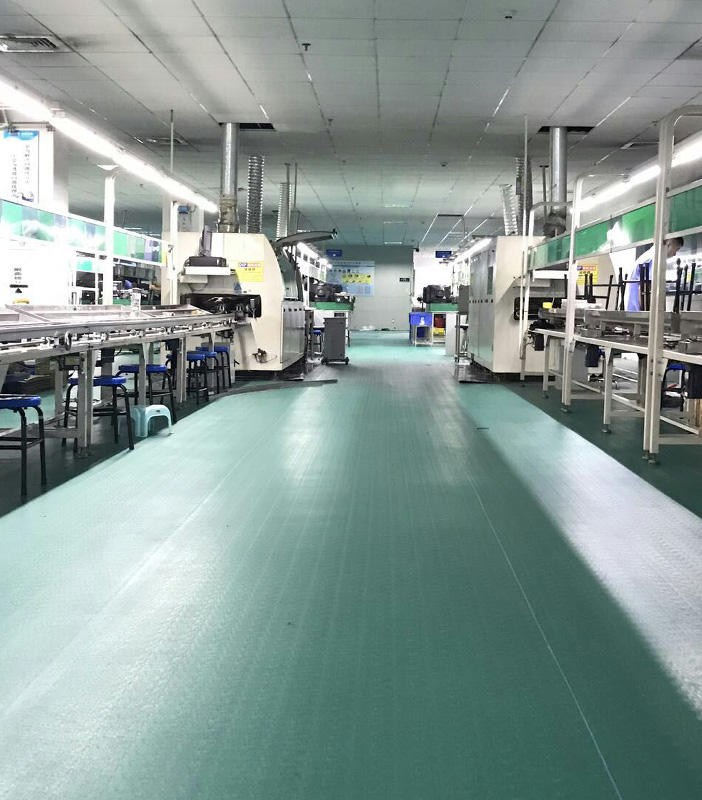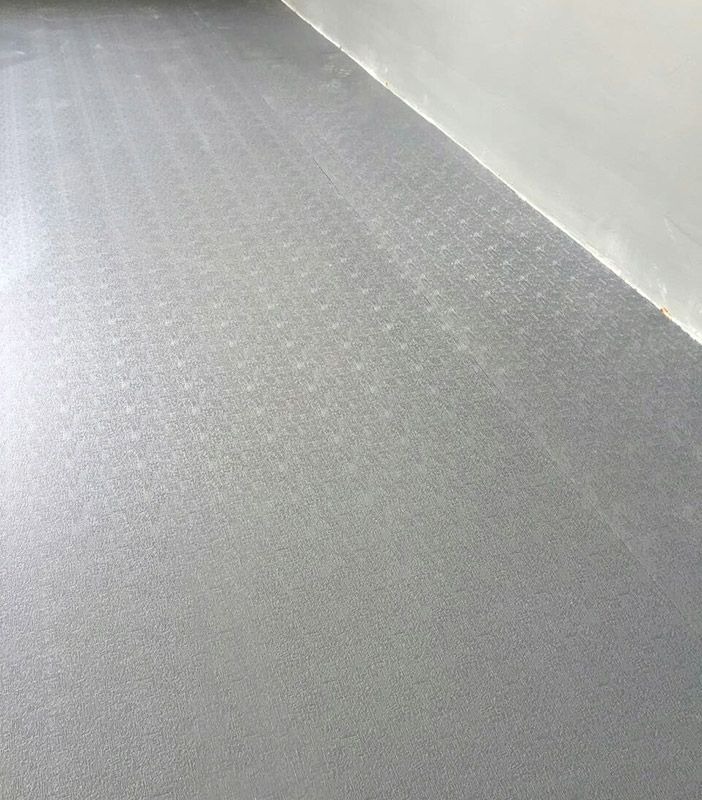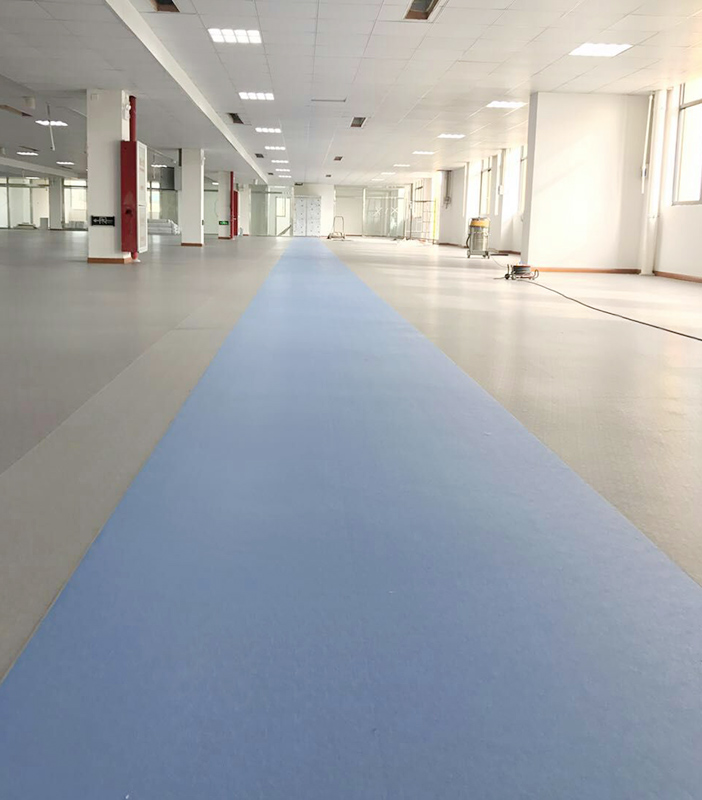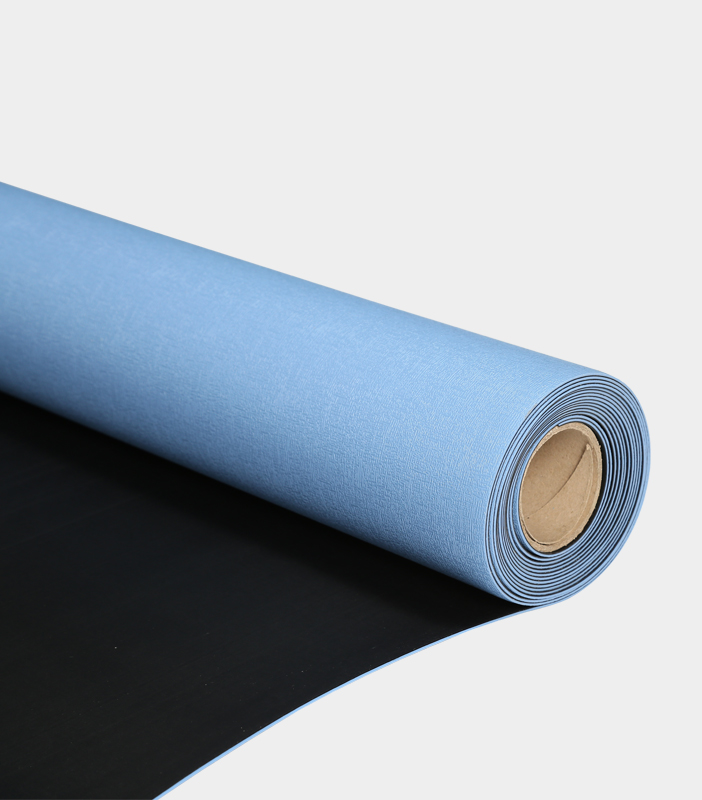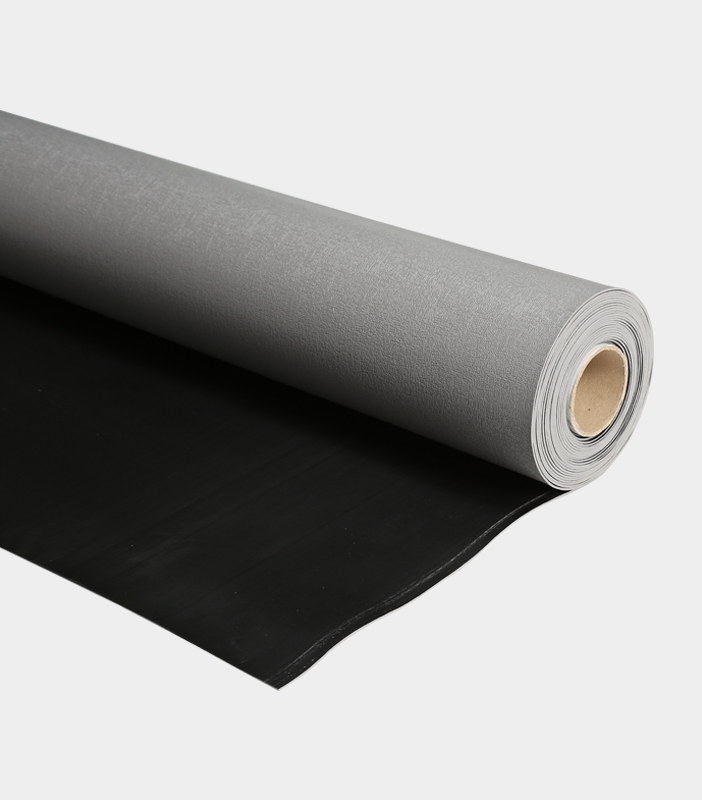In an era when sustainability is a global imperative, industries are actively seeking eco-friendly solutions to reduce their environmental footprint. The electronics manufacturing sector, known for its intricate processes and sensitivity to electrostatic discharge (ESD), has recently witnessed a groundbreaking development. Eco-friendly anti-static mats are revolutionizing the way electronics are produced, promoting greener practices without compromising on the critical protection against ESD.
Electronics manufacturing is a complex process that involves the assembly of sensitive electronic components. These components, such as microchips, circuit boards, and semiconductors, are highly susceptible to damage from electrostatic discharge. Even a tiny spark of static electricity can render these components useless, leading to costly production losses and electronic product failures.
To combat this threat, the electronics industry has long relied on anti-static mats to provide a safe working environment. Traditional anti-static mats are typically made from materials like rubber or vinyl and incorporate conductive elements to dissipate static charges, ensuring that workers and sensitive electronic equipment remain protected.
While the importance of ESD protection cannot be overstated, traditional anti-static mats have raised environmental concerns. Many of these mats are made from materials that are not biodegradable and may contain harmful chemicals. Additionally, the manufacturing processes for some traditional mats can be resource-intensive and energy-consuming, contributing to pollution and carbon emissions.
Recognizing these concerns, environmentally-conscious electronics manufacturers began searching for eco-friendly alternatives that could deliver effective ESD protection while aligning with their sustainability goals.
Eco-friendly anti-static mats represent a significant breakthrough in the quest for sustainable electronics production. These mats are designed with both ESD protection and environmental responsibility in mind. Let's delve into some key features and benefits of these mats:
1. Biodegradable Materials: Unlike traditional mats, eco-friendly anti-static mats are often made from biodegradable materials, reducing their impact on landfills and ecosystems at the end of their life cycle.
2. Non-Toxic and Low VOCs: Many eco-friendly mats are manufactured without harmful chemicals and have low volatile organic compound (VOC) emissions, contributing to healthier indoor air quality in manufacturing facilities.
3. Energy-Efficient Production: Manufacturers of eco-friendly mats often prioritize energy-efficient and sustainable production processes, minimizing their carbon footprint.
4. Recyclable: Some eco-friendly mats are designed to be recyclable, allowing for the reuse of materials and reducing waste.
5. Effective ESD Protection: Crucially, these mats provide the same level of ESD protection as their traditional counterparts, ensuring that sensitive electronic components remain safe during manufacturing.
To put the significance of eco-friendly anti-static mats into perspective, let's compare them with other ESD protection solutions, such as permanent anti-static veneers and permanent ESD rubber mats:
- Permanent Anti-Static Veneer: While permanent anti-static veneers offer long-term ESD protection, they may not always align with eco-friendly goals. Eco-friendly anti-static mats provide a more cost-effective and versatile solution for workplaces seeking sustainability without extensive renovations.
- Permanent ESD Rubber Mat: Permanent ESD rubber mats, like traditional mats, can pose environmental challenges in terms of materials and production processes. Eco-friendly anti-static mats offer a greener alternative without compromising performance.
The eco-friendly anti-static mats are emerging as a game-changer in electronics manufacturing, addressing the need for effective ESD protection while promoting sustainable practices. Their use not only aligns with the global push for eco-consciousness but also ensures that sensitive electronic components are shielded from electrostatic discharge. As the electronics industry continues to evolve, embracing eco-friendly anti-static mats is a logical step forward in achieving both environmental and operational excellence.

 简体中文
简体中文 English
English España
España Deutsch
Deutsch